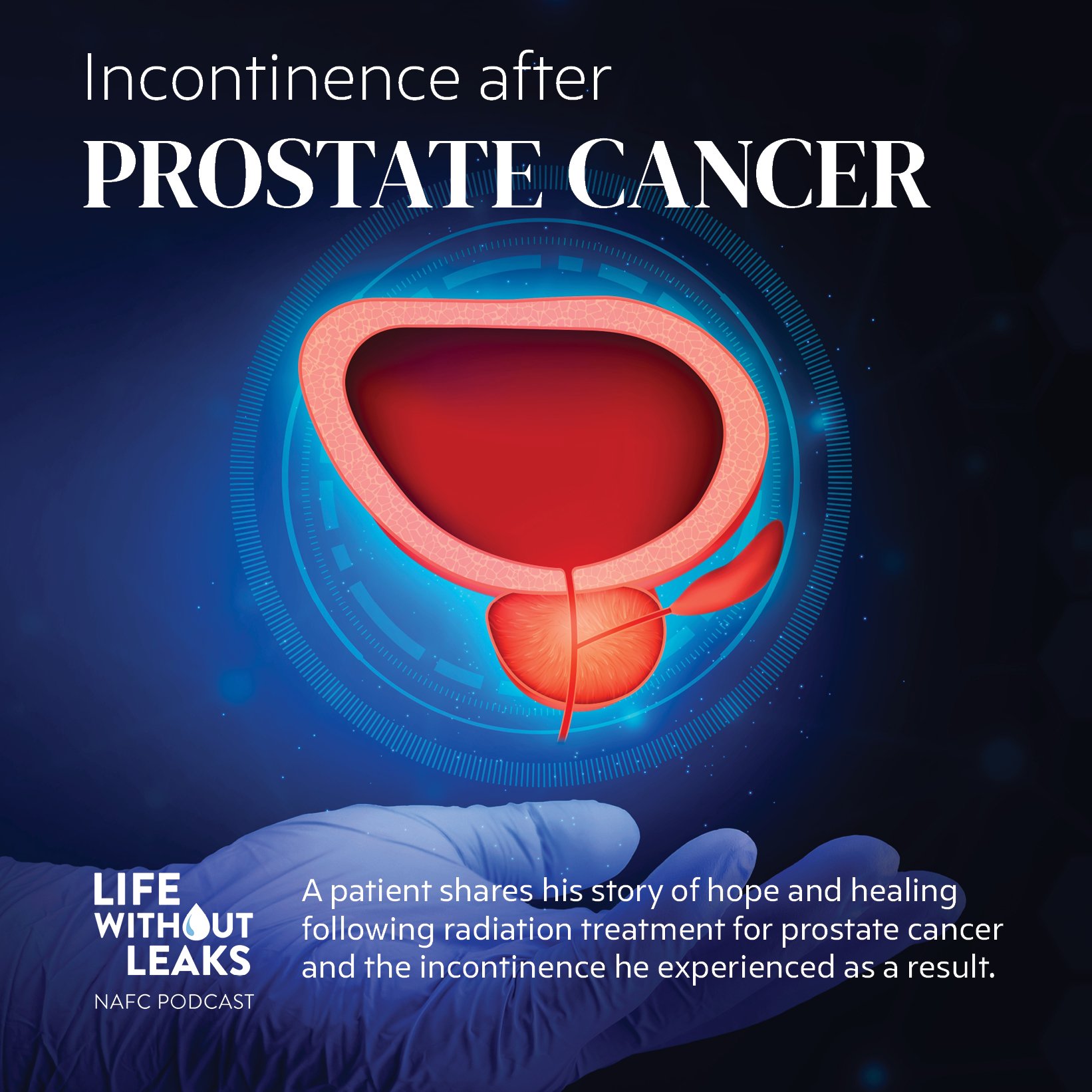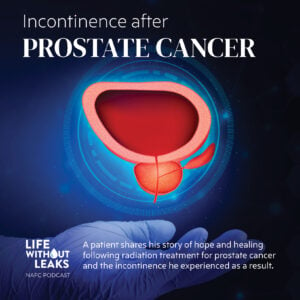Medicare Vs. Medicaid: What’s The Difference?
Question: I’m getting ready to retire and am overwhelmed with the information about Medicare, Medicare Advantage, and Medicaid. What’s the difference between Medicare Vs. Medicaid and how do I choose what’s right for me?
Answer: This is a common question, and for good reason; the insurance world can be a confusing place. To get a better idea of which plan is best for you, it’s helpful to have a little bit of insight about their differences. The biggest difference between Medicare and Medicaid is that Medicare is generally for the older population (65+) and Medicaid is for anyone who falls below a certain income level. Here’s a quick breakdown of each one.
Medicare
Medicare is a government-run health insurance program for US individuals who are 65 and older (and some people younger than 65 who have disabilities.)
There are different parts of Medicare, and each part covers something different.
Medicare Part A.
This portion of Medicare covers short-term, in-patient care in a hospital or skilled nursing facility. If you receive Social Security benefits, when you turn 65, you’ll be enrolled automatically for Medicare Part A. If you don’t receive social security benefits, you’ll need to enroll on your own.
Medicare Part B.
This portion of Medicare covers doctor visits and other necessary health services, including preventative visits or screenings, ambulance services, medical equipment, mental health services, and some prescription drugs.
Medicare Part D.
This portion of Medicare covers the cost of prescription drugs.
Medicare Advantage & Medigap.
Medicare Advantage
Medicare Advantage is sometimes known as Medicare Part C, and is a health plan that’s offered by private insurance companies that provide both Part A and Part B, and usually Medicare Part D, which covers prescription drugs. Advantage plans differ based on the insurer, but they may also cover additional things like vision or dental care. These are typically HMO or PPO plans, and, unlike the original Medicare plans, they typically have a limit on how much you pay out of pocket.
Medigap
This is a type of insurance that you can get to supplement original Medicare plans. It helps to pay for some of the costs that are not typically covered by Medicare Part A or B, but doesn’t typically cover all the extra things a Medicare Advantage plan might cover.
For any type of Medicare plan, it’s important to understand the rules, especially as they pertain timing and enrollment. There is a strict timeline for when you can enroll (within just a few months before or after your 65th birthday) to avoid paying a penalty. Learn more about Medicare at www.medicare.gov.
Medicaid
Medicaid is a state-controlled assistance program that provides free or low-cost healthcare coverage to people with low-income or disabilities. The plans vary from state to state and some plans may require people to pay a small co-pay. Unlike Medicare plans, Medicaid plans typically cover the costs of long-term care for those that have no income or savings.
Medicaid has strict rules, especially as they pertain transferring assets or giving gifts to others within 5 years of applying for Medicaid. These may be penalized and may make the applicant ineligible for coverage for a period of time. Learn more about Medicaid, your eligibility, and the regulations surrounding coverage at www.Medicaid.gov.







3 Responses
Admiring the hard work you put into your site and detailed information you provide. It’s good to come across a blog every once in a while that isn’t the same old rehashed material. Great read! I’ve saved your site and I’m including your RSS feeds to my Google account.|
I delight in, cause I found just what I was having a look for. You have ended my four day long hunt! God Bless you man. Have a nice day. Bye|
Why are pads not covered by Medicare. They should be. Let’s all write our congressman.